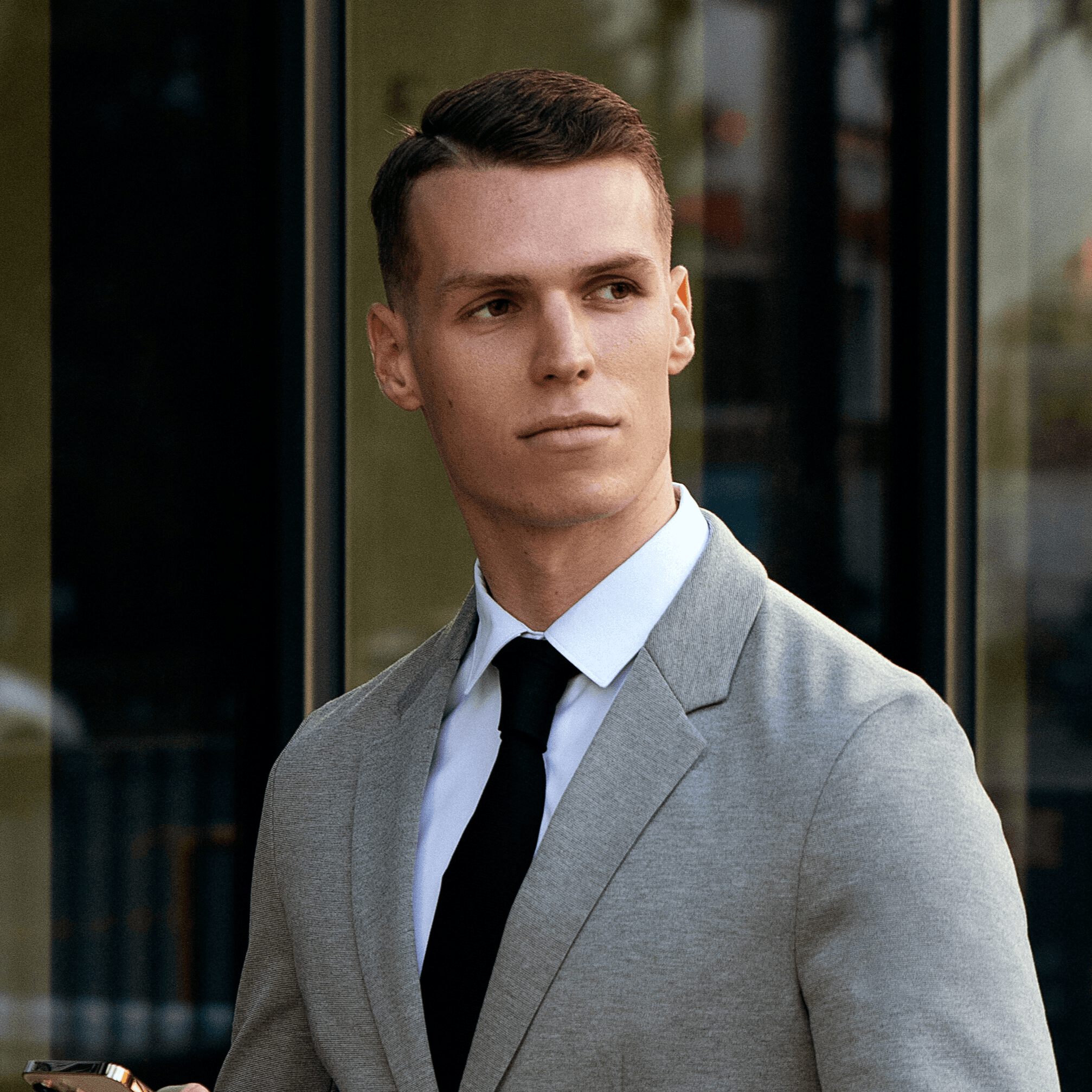WWF's Black Leopard Jacket: Eco Apparel Success & Ecommerce Strategy
Business Description
Table of Contents
Navigate through the case study sections
Executive Summary
Case Study Content
Turning Conservation into Commerce
The World Wildlife Fund wanted to go beyond donations and create a tangible way for supporters to give. They selected technical outerwear with eco-certified materials as the core product and called it the Black Leopard jacket. Each sale channels revenue straight into global conservation projects, combining fundraising with practical, everyday apparel.
Crafting a Single-Product Strategy
Rather than launch a full catalog, WWF decided to focus on one item to streamline design and supply chain management. By iterating on men's, women's, and children's versions, they refined fit and functionality based on real feedback from early buyers. This helped cut waste and ensured demand validated every production run.
The manufacturing partner boasted solar-powered facilities, water-saving equipment, and low-energy lighting. It held awards from local trade authorities for sustainable performance. WWF worked closely to confirm every seam and finishing detail met strict environmental standards.
Lean Startup Mindset
Treating the store as a separate venture, the team applied lean principles: build fast, measure response, adjust quickly, then repeat. Early landing pages teased product features and collected signups, allowing the marketing team to test messaging before the site went live.
Choosing WooCommerce & WordPress
With global reach in mind, WWF needed a platform that scales without heavy engineering. WooCommerce provided simple storefront setup, payment handling, and inventory control. WordPress managed content, blog posts on conservation impacts, and served as a hub for long-form storytelling alongside shopping pages.
Mobile-First, Performance-Focused Design
Analytics showed mobile views above 80%, so theme speed was vital. The team wrote custom templates from scratch, avoiding bulky page builder scripts. By limiting extensions and optimizing images, pages loaded in under two seconds on most devices, reducing bounce rates.
Essential Integrations & Automation
Six key integrations powered the backend: Jetpack for performance monitoring, Advanced Custom Fields Pro for flexible content, Ultimate Member Pro to segment corporate buyers, WooCommerce Print Invoices for clear order docs, an SVG support tool for crisp graphics, and a custom Aramex connector that auto-generates waybills.
The Aramex integration logs orders in the courier system, prints labels without manual steps, and tracks shipment status. This removed manual data entry and sped up dispatch by 50%, let the volunteer-powered logistics team focus on priority orders.
Driving Conversion Through Storytelling
Rather than technical specs alone, WWF led with stories: impact narratives about leopard habitats, vivid photography, and clear calls to action. Shoppers saw how each purchase funded anti-poaching patrols or habitat restoration. They felt part of a larger movement.
Ongoing Iteration and Growth
After launch, the team analyzed user flows and simplified checkout steps. Sales climbed when people can choose to fund marine protection or forest restoration directly, thanks to a new dropdown on the product page.
Preparing for Scale
Armed with a proven product and a modular storefront, WWF plans to expand into new markets and add additional sustainable garments. A multisite WordPress network will let regional offices launch localized shops with minimal setup time.
Key Takeaways
- 1WWF focused on one flagship product to validate demand and refine design rapidly.
- 2A lean MVP strategy allowed the team to test messaging and adjust before full launch.
- 3WooCommerce and WordPress enabled quick, scalable development and content-driven storytelling.
- 4Custom Aramex shipping integration automated fulfillment and cut manual work by 50%.
- 5Mobile-first, lightweight theming kept load times under two seconds, improving user experience.
- 6Adding an initiative-selection dropdown let supporters direct their purchase impact and boosted conversions.
Tools & Technologies Used
Premium Content Locked
Subscribe to access the tools and technologies used in this case study.
Subscribe NowHow to Replicate This Success
Premium Content Locked
Subscribe to access the step-by-step replication guide for this case study.
Subscribe NowInterested in Being Featured?
Share your success story with our community of entrepreneurs.
Explore More Case Studies
Discover other inspiring business success stories

How Bulk Nutrients Flexed Its Ecommerce Muscles with BigCommerce
Bulk Nutrients, Australia’s largest direct‐to‐consumer supplement supplier, transitioned from clunky legacy platforms to...
Bulk Nutrients

How GoldenWeb’s Benjamin Strusnik Generated Over $25M with Organic SEO
GoldenWeb began when Benjamin Strusnik, at 14, parlayed a YouTube audience into a web design shop and then a highly spec...
GoldenWeb

How Toolsaver Scaled B2B & B2C with BigCommerce to Drive 23.5% Revenue Growth
Toolsaver, the B2B arm of UK tool retailer Toolstop, was struggling with complexity and lost traffic on Magento. By repl...
Toolsaver

